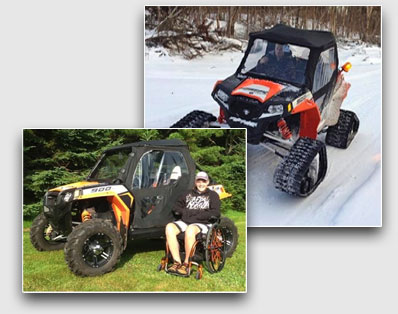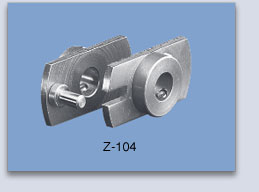 Mechanically speaking there are two types of rotary angle sensors— ones with or without a shaft. Each type has its own benefits from proper centering and its own methods for centering. Mechanically speaking there are two types of rotary angle sensors— ones with or without a shaft. Each type has its own benefits from proper centering and its own methods for centering.
I. Angle Sensors With a Shaft
If you’re like us, when you first hear about centering you ask, ‘why do I need to center an angle sensor?'
For shaft-type sensors, the benefits gained from centering include low friction torque applied from the drive shaft, lower loads on the bearing system and lower loads on the shaft all help ensure specified measurement precision is achieved— no matter the brand of sensor used.
The next question is, 'how are shaft-type angle sensors centered?'
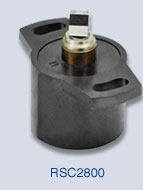 To center these sensors you need to use the design features of the sensor. These include a reference point using the outer circumference of the sensor housing, boss on bushing mount (e.g. Novotechnik PD300 Series), precise bearing diameter feature ( e.g. RSC2800 Series) and servo size/outer diameter as fixed measurement dimensions (e.g. P4500 Series). To center these sensors you need to use the design features of the sensor. These include a reference point using the outer circumference of the sensor housing, boss on bushing mount (e.g. Novotechnik PD300 Series), precise bearing diameter feature ( e.g. RSC2800 Series) and servo size/outer diameter as fixed measurement dimensions (e.g. P4500 Series).
One other consideration for shaft-type sensors is if the shaft has play in it, you may want to use a flexible coupling that covers the eccentricity and preferably one that is play-free for your application. A second possibility is to use a low backlash fork-pin coupling as shown in the photo above.
If your application has problems applying a shaft-type angle sensor, consider a touchless angle sensor.
II. Touchless Angle Sensors
Touchless angle sensors also need to be centered to avoid degrading the specified precision of the sensor. With touchless technology an eccentricity-driven linearity error is added if the magnetic marker attached to your application is offset too far from the center of the associated measuring sensor. Also the magnetic field will be too weak if the distance from the sensor to the magnetic marker is too great. Radial misalignment can result in independent linearity error of 0.3 to over 1.5% for a misalignment of about 1 to 3 mm- depending on specific sensor and magnet used.
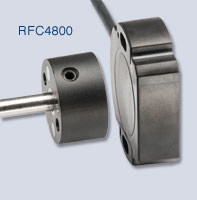 Again, to align the magnet with the sensor, use the sensor's design features. These include: outer circumference of the sensor, locator holes in the sensor for pins (e.g. RFC 4800) and servo diameter of the sensor (e.g. Vert-X 13E). For applications that permit less precision, mounting holes can be used (e.g. RFD 4000, RFC 4800). Again, to align the magnet with the sensor, use the sensor's design features. These include: outer circumference of the sensor, locator holes in the sensor for pins (e.g. RFC 4800) and servo diameter of the sensor (e.g. Vert-X 13E). For applications that permit less precision, mounting holes can be used (e.g. RFD 4000, RFC 4800).
Centering helps ensure low eccentricity between magnet and sensor. However, if there is eccentricity that cannot be avoided in your application, use of a bigger magnet will reduce linearity errors.
If you have questions about centering angle sensors or other position sensor questions related to an application, contact Novotechnik’s friendly technical specialists. They’re here to help.
|

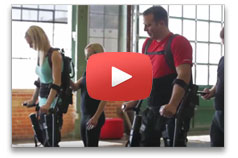

 Mechanically speaking there are two types of rotary angle sensors— ones with or without a shaft. Each type has its own benefits from proper centering and its own methods for centering.
Mechanically speaking there are two types of rotary angle sensors— ones with or without a shaft. Each type has its own benefits from proper centering and its own methods for centering.

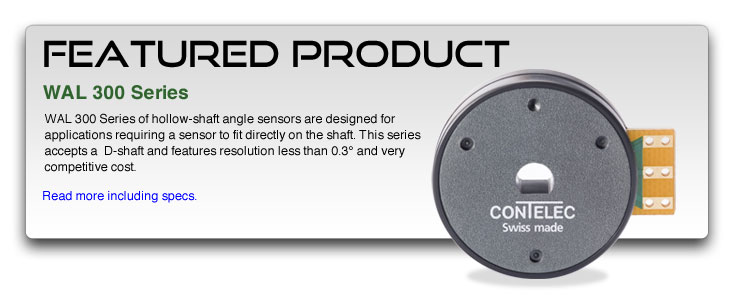
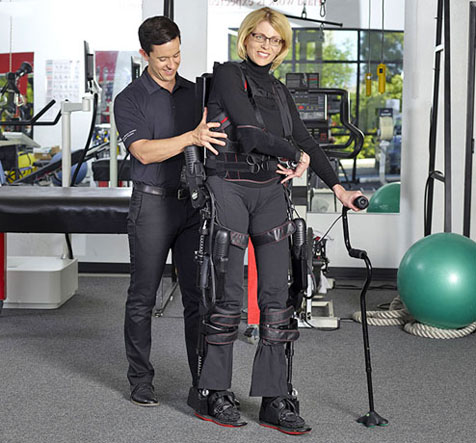
 To center these sensors you need to use the design features of the sensor. These include a reference point using the outer circumference of the sensor housing, boss on bushing mount (e.g. Novotechnik PD300 Series), precise bearing diameter feature ( e.g. RSC2800 Series) and servo size/outer diameter as fixed measurement dimensions (e.g. P4500 Series).
To center these sensors you need to use the design features of the sensor. These include a reference point using the outer circumference of the sensor housing, boss on bushing mount (e.g. Novotechnik PD300 Series), precise bearing diameter feature ( e.g. RSC2800 Series) and servo size/outer diameter as fixed measurement dimensions (e.g. P4500 Series).  Again, to align the magnet with the sensor, use the sensor's design features. These include: outer circumference of the sensor, locator holes in the sensor for pins (e.g. RFC 4800) and servo diameter of the sensor (e.g. Vert-X 13E). For applications that permit less precision, mounting holes can be used (e.g. RFD 4000, RFC 4800).
Again, to align the magnet with the sensor, use the sensor's design features. These include: outer circumference of the sensor, locator holes in the sensor for pins (e.g. RFC 4800) and servo diameter of the sensor (e.g. Vert-X 13E). For applications that permit less precision, mounting holes can be used (e.g. RFD 4000, RFC 4800).